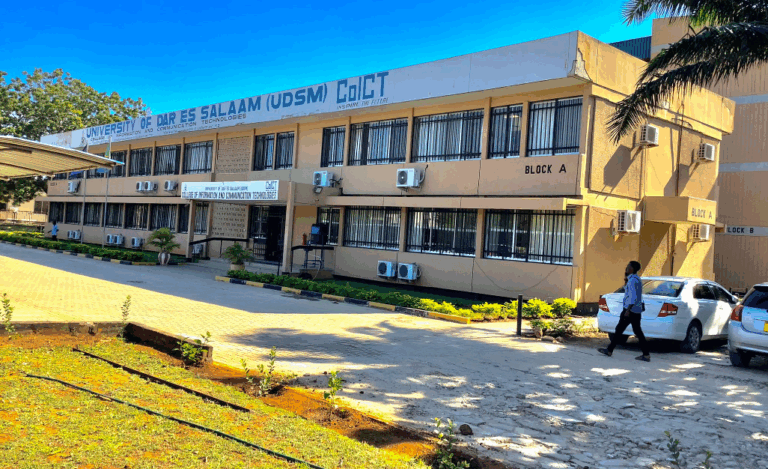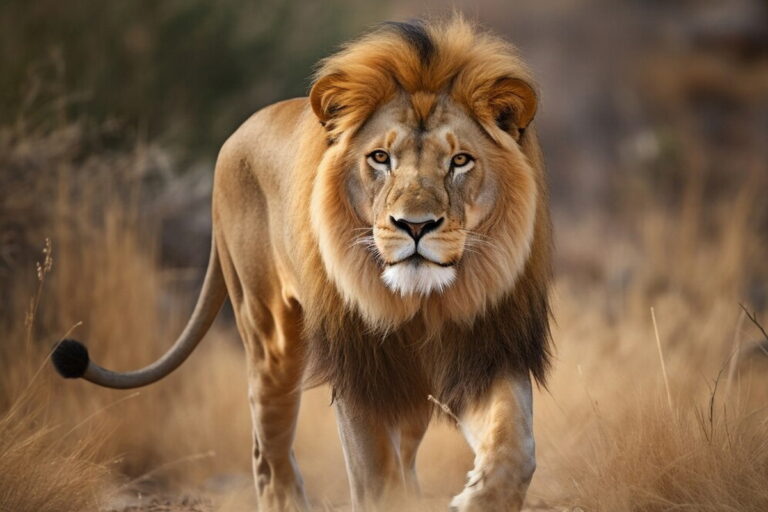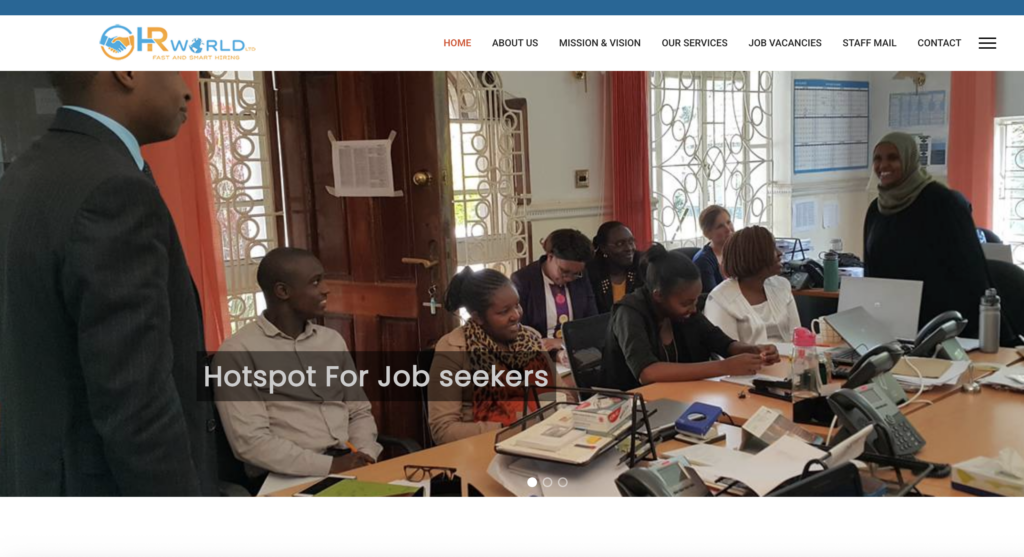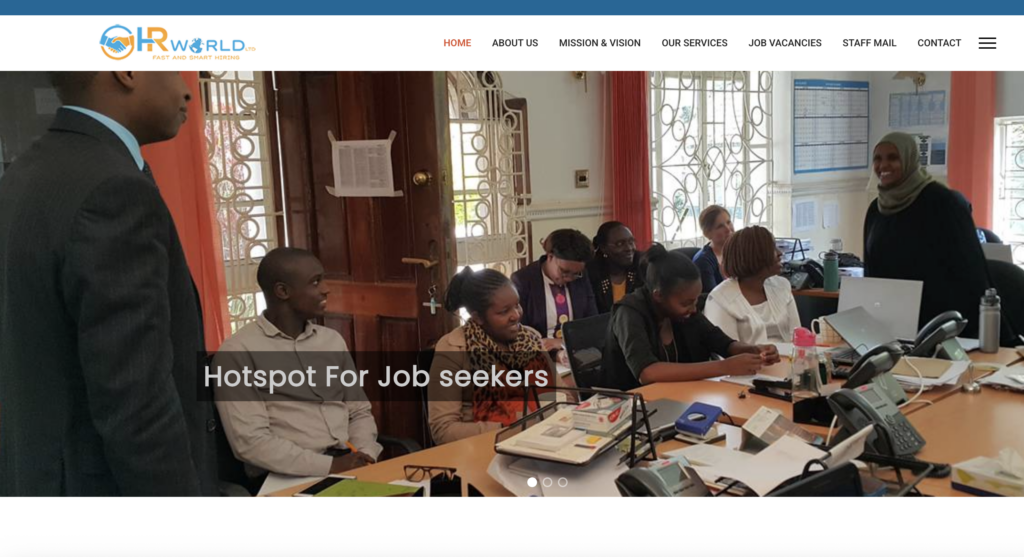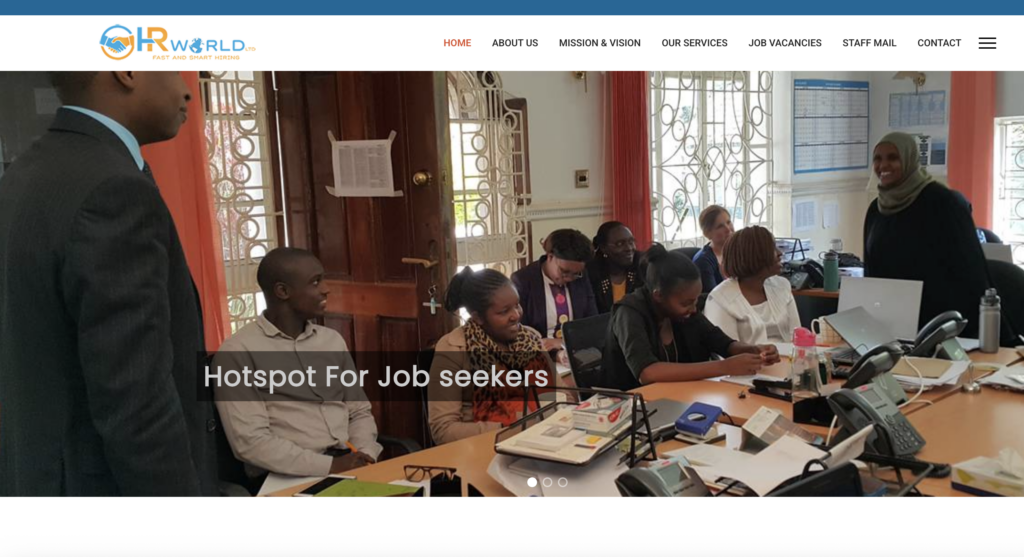Africa is experiencing a transformative era where some of the largest infrastructure and industrial plans are reshaping economies and societies. Development Projects in Africa are not just about building facilities but about driving industrial growth, energy independence, regional integration, and modernization. These projects are spread across energy, transport, urban development, and technology, and each has a unique role in redefining the continent’s economic future.
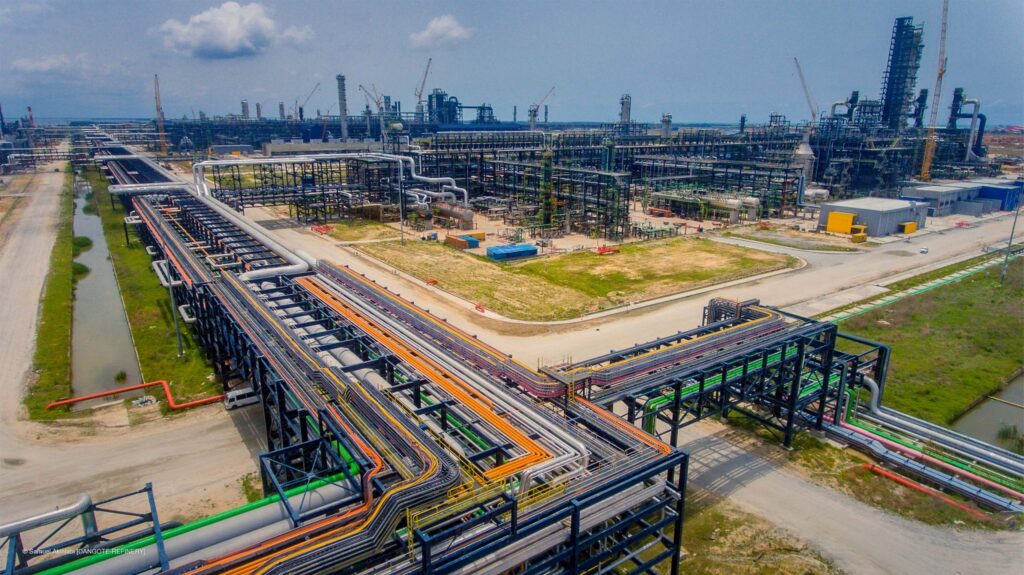
1. Dangote Petroleum Refinery, Nigeria
The Dangote Refinery is one of the world’s largest single-train refineries, with a production capacity of about 650,000 barrels per day. Its primary goal is to meet Nigeria’s domestic fuel needs and reduce reliance on imports.
- Expected to save Nigeria billions in foreign exchange by cutting petroleum product imports
- Generates thousands of jobs during construction and operation
- Strengthens downstream industries and opens up an export market for refined products
2. New Administrative Capital, Egypt
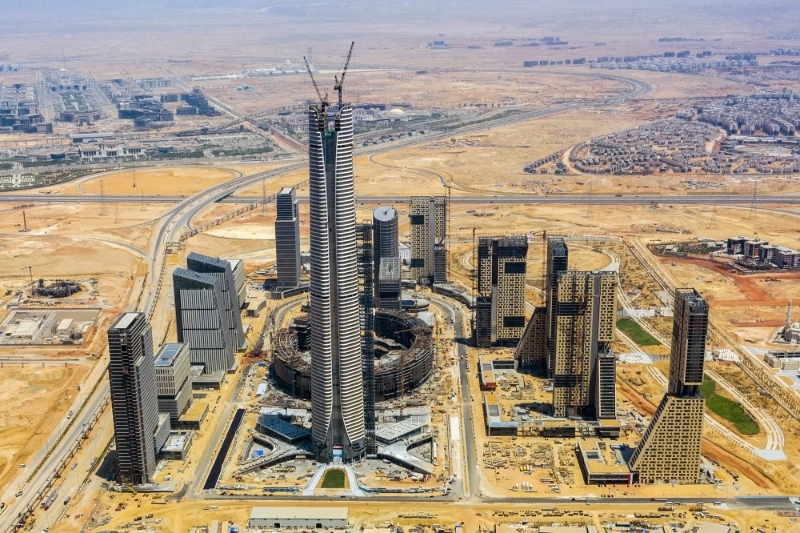
Egypt is building a new smart capital city located east of Cairo to decongest the old capital and centralize government activities.
- Designed with modern infrastructure, smart technology, and administrative complexes
- Reduces population pressure in Cairo, which faces severe congestion
- Attracts foreign investment, boosts construction and real estate industries, and creates employment opportunities
3. Grand Ethiopian Renaissance Dam (GERD), Ethiopia
The GERD is Africa’s largest hydroelectric project on the Blue Nile, with an installed capacity of more than 5,000 MW.
- Doubles Ethiopia’s energy generation capacity
- Enhances energy exports to neighboring countries, boosting regional integration
- Supports irrigation, agriculture, and industrial growth, while providing electricity access to millions
4. Grand Inga Dam, Democratic Republic of Congo
The Grand Inga is a proposed multi-phased hydroelectric project on the Congo River, potentially the largest in the world with an expected capacity of 44,000 MW.
- Could power much of central, eastern, and southern Africa
- Positions the DRC as a continental energy hub
- Expected to lower electricity costs, attract industries, and drive continental trade integration
5. Mombasa-Nairobi Standard Gauge Railway (SGR), Kenya
Kenya’s SGR is a modern railway line linking Mombasa to Nairobi, with plans to extend into Uganda, Rwanda, and South Sudan.
- Cuts transport time between Mombasa and Nairobi by more than half
- Enhances regional trade and logistics efficiency
- Reduces road congestion and supports tourism and cargo transport
6. Lagos-Calabar Coastal Railway, Nigeria
This major railway project is designed to link Nigeria’s coastal cities, stretching for over 1,400 kilometers.
- Connects major ports and urban centers, improving domestic connectivity
- Strengthens trade within Nigeria and across West Africa
- Provides a reliable transport option for goods and people, stimulating regional commerce
7. Bagamoyo Port, Tanzania
Bagamoyo is envisioned as one of Africa’s largest ports, designed to handle millions of containers annually by 2045.
- Relieves congestion from Dar es Salaam Port
- Includes an integrated industrial and economic zone with hundreds of factories
- Transforms Tanzania into a regional logistics and trade powerhouse
8. Konza Technopolis, Kenya
Known as “Silicon Savanna,” Konza Technopolis is a planned smart city outside Nairobi that focuses on technology and innovation.
- Aims to position Kenya as an ICT hub in Africa
- Attracts global tech companies, startups, and research institutions
- Promotes high-tech job creation and boosts innovation-driven economic growth
9. Mambila Hydroelectric Power Project, Nigeria
The Mambila project is a massive hydroelectric development expected to generate about 3,000 MW of electricity.
- Addresses Nigeria’s chronic power shortages
- Reduces dependence on fossil fuels and supports green energy goals
- Encourages industrialization and foreign investment in energy-dependent sectors
10. Lobito Corridor Rail Line, Angola, DRC, and Zambia
This project connects Angola’s Lobito Port with the mineral-rich regions of the Democratic Republic of Congo and Zambia.
- Opens new export routes for copper, cobalt, and other minerals
- Shortens transportation distances to global markets
- Strengthens regional trade and integration within southern Africa
11. Redstone Solar Thermal Power Project, South Africa
Located in the Northern Cape, this renewable energy project uses solar thermal technology with storage capacity.
- Provides clean, reliable electricity with over 100 MW capacity
- Reduces carbon emissions and dependency on coal
- Creates sustainable jobs in energy and related industries
12. Kazungula Bridge, Zambia and Botswana
The Kazungula Bridge is a road and rail link across the Zambezi River, connecting Botswana and Zambia.
- Enhances the North-South Corridor, a key regional trade route
- Reduces border delays with a one-stop border post
- Facilitates regional integration, tourism, and faster trade movement
